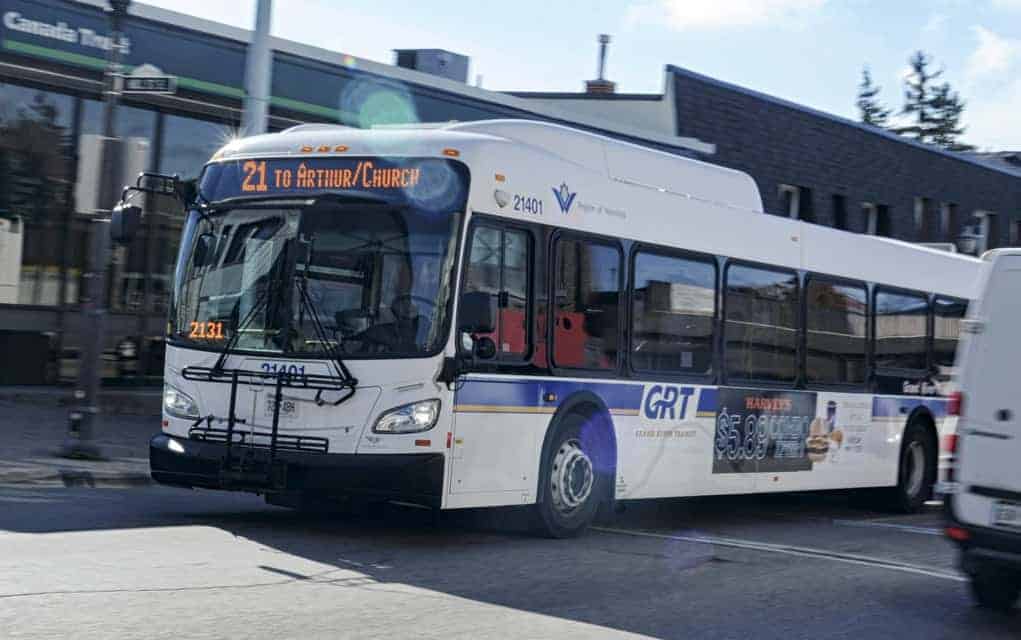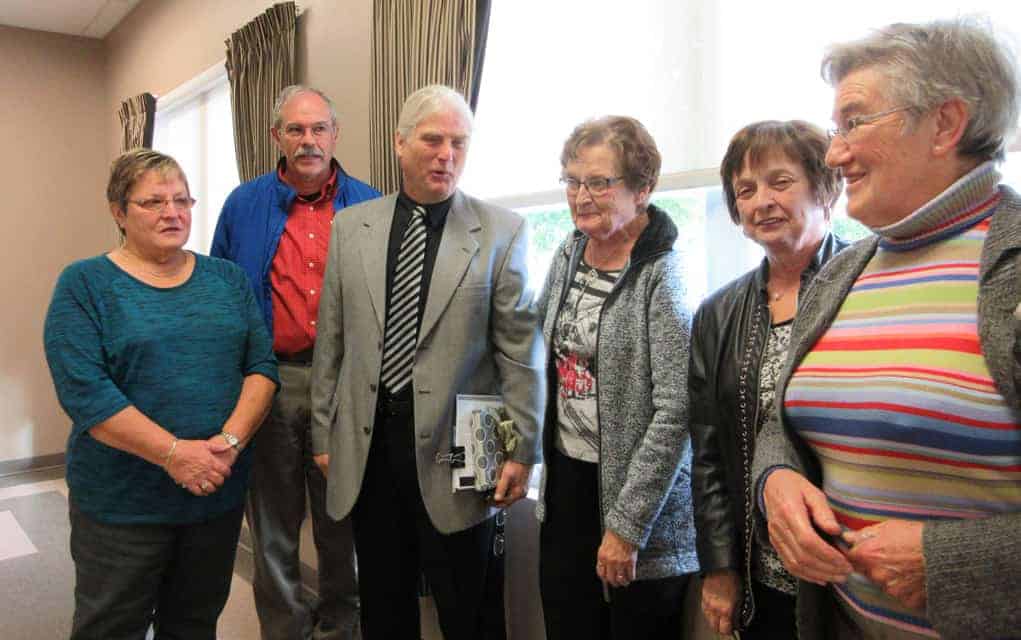Already used sparingly, the bus connecting Elmira to Waterloo has seen falling ridership numbers this year. Perhaps hoping that extending the hours of operation will boost ridership – though there are no numbers to back that up – Woolwich will turn to the community for input on the idea.
Having looked at a number of options, including a bigger loop through Elmira with more stops, the township settled on going to the public with a plan to increase evening hours on Grand River Transit route 21. Currently, there is no service after about 7:30 p.m. through the week and 4:30 p.m. on Saturdays.
That plan would add another $83,000 a year to almost $500,000 a year the township is already paying for the limited number of users today.
A study last year found that, on an average trip along the route, total ridership maxed out at a dozen people. Most days, buses run with passenger numbers in the single digits. The number of passengers is down this year, however, in keeping with a trend in the region and, indeed, across the country.
With falling revenues, the region has lowered its target for revenue – i.e. fares – to 20 per cent of the cost of operation, down from 25 per cent, itself about half of the GRT average. That leaves taxpayers on the hook for 80 per cent of the cost.
Councillors meeting Tuesday night approved going ahead with a public consultation process, wanting to know what residents think before digging deeper into their wallets.
The expanded service would boost the tax hit from the bus by 18 per cent, to $46.56 from $39.51, using the regional average home assessed at $312,000 (a tax bill of $1,843.83). The actual hit on most Woolwich households is much higher, with the levy applied to every home in the township.
Mayor Sandy Shantz said it was most “reasonable to add evening service” when discussing expansion options.
Some councillors remained skeptical, however, particularly in light of low ridership numbers and higher costs.
Coun. Murray Martin noted the taxpayer subsidy continues to grow, from a 60-40 percentage split predicted before route 21 was launched on a trial basis in 2009, to 70-30 and now 80-20.
“I think it’s high for that (level of ridership). People that ride it could pay an extra couple of dollars to use it,” he said, suggesting fare hikes for the route.
Coun. Patrick Merlihan argued against moving ahead with any expansion plans or consultations in light of falling ridership numbers that may be due in part to long detours and delays caused by the reconstruction of King Street in St. Jacobs, a project that will drag through next year.
“The timing for going to the public is not good,” he said, adding the ridership levels themselves are discouraging. “They’re not good numbers.”
With falling numbers and no sign that’ll change, Merlihan argued now is not a good time to spend money on expansion.
“It seems like a lot of money for a very low expected increase in ridership.”
“I think it’s important that we have public transit, but we have to look at those numbers,” agreed Coun. Scott Hahn.
Despite their reservations, however, most councillors agreed to go ahead with consulting the public on the possible expansion. Plans for the process are expected at a later date.
The township has also discussed the prospect of extending bus service into Breslau, though the financial case for that is even more precarious at this point.









